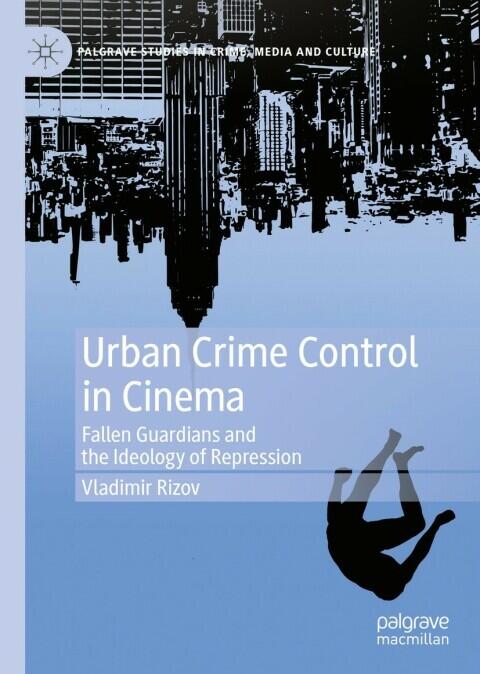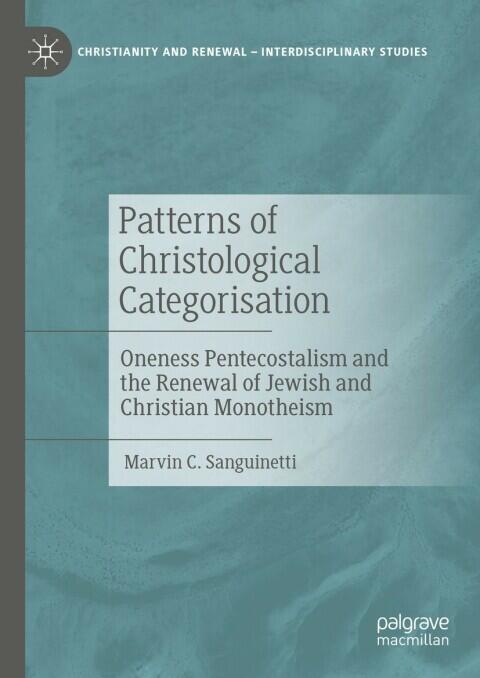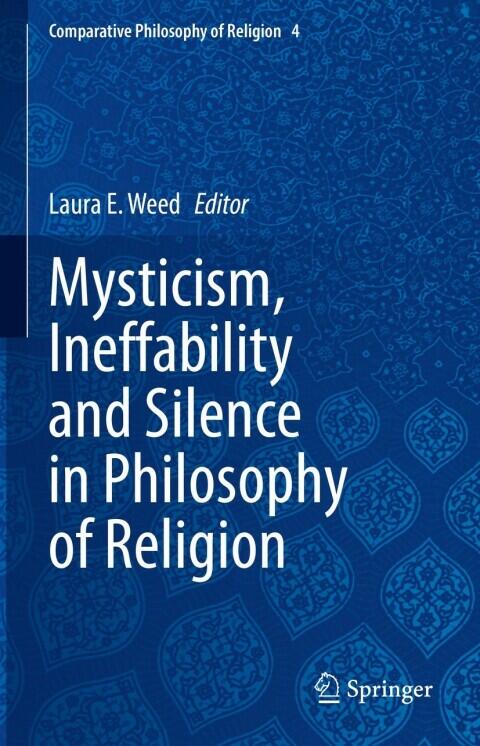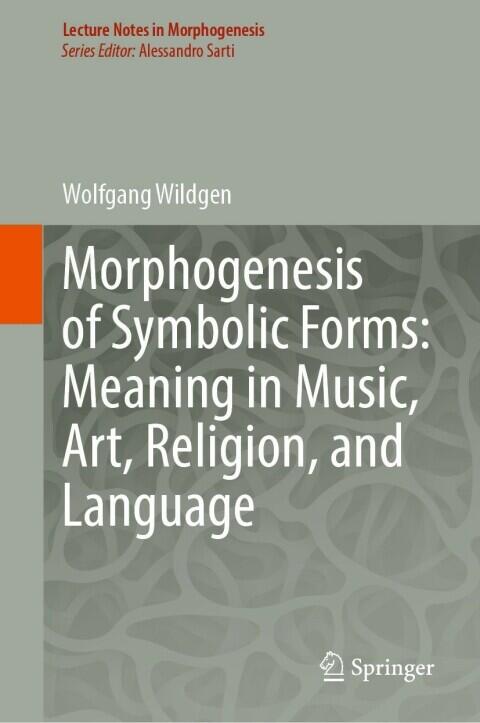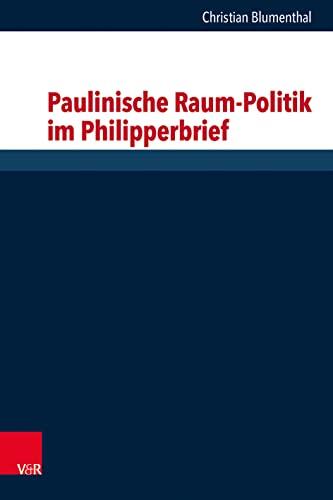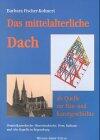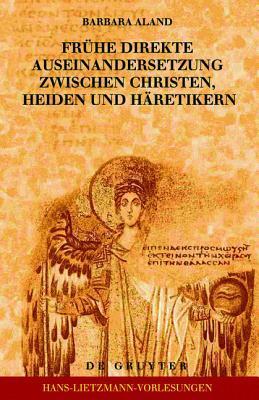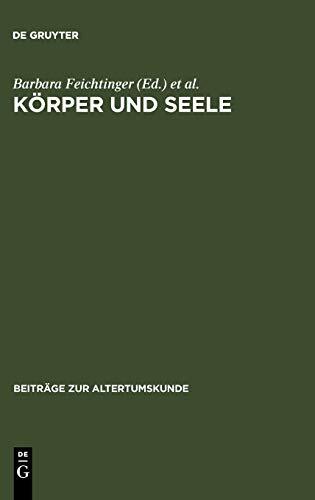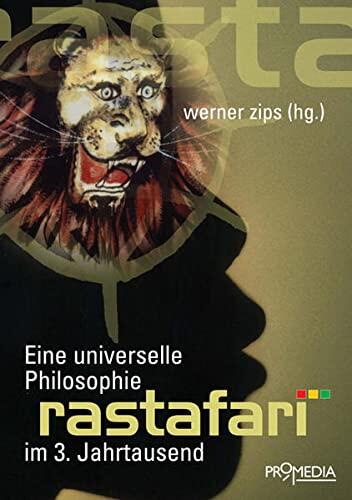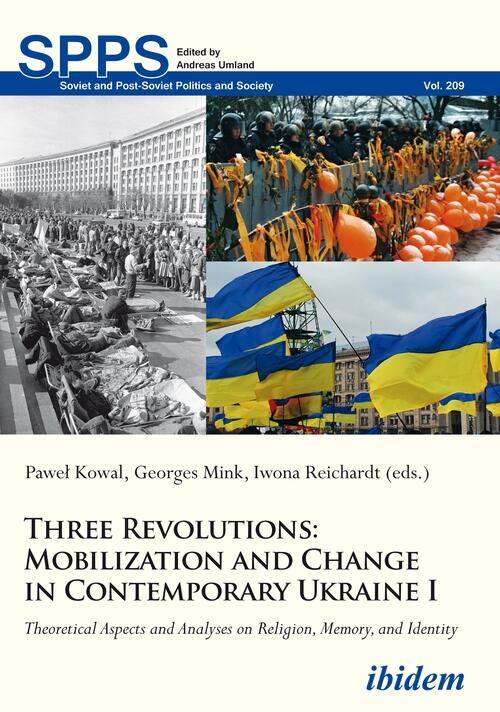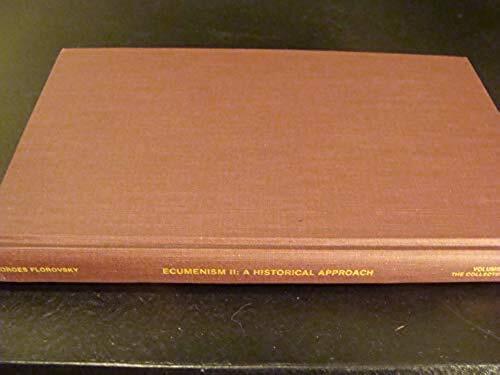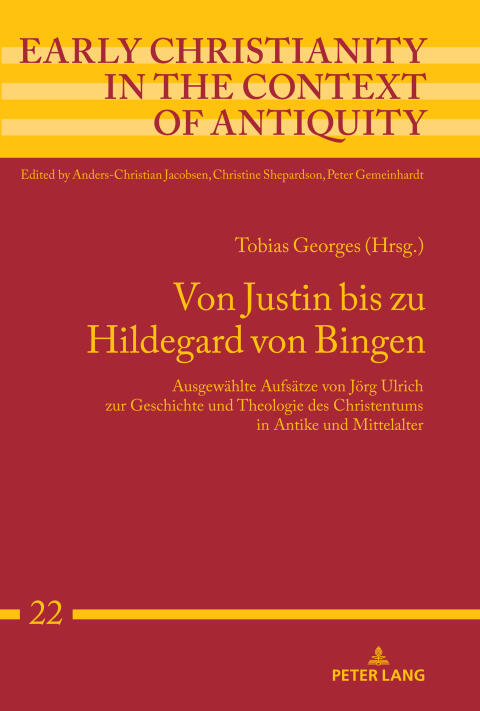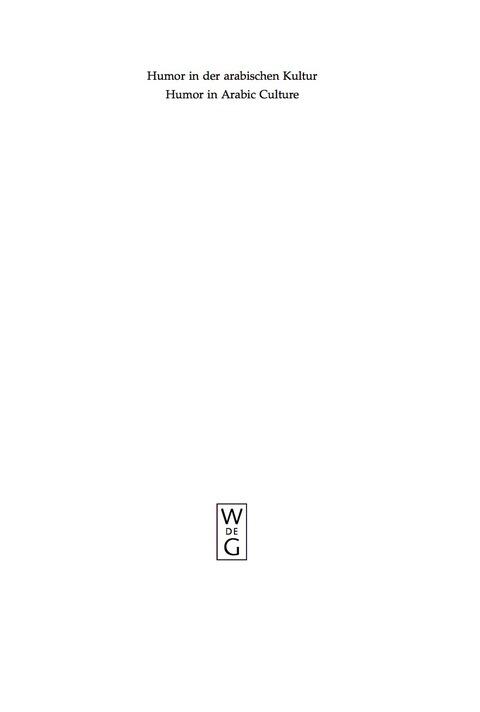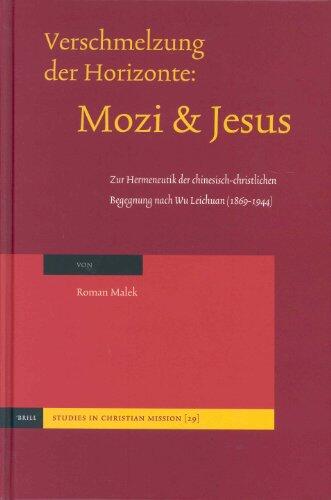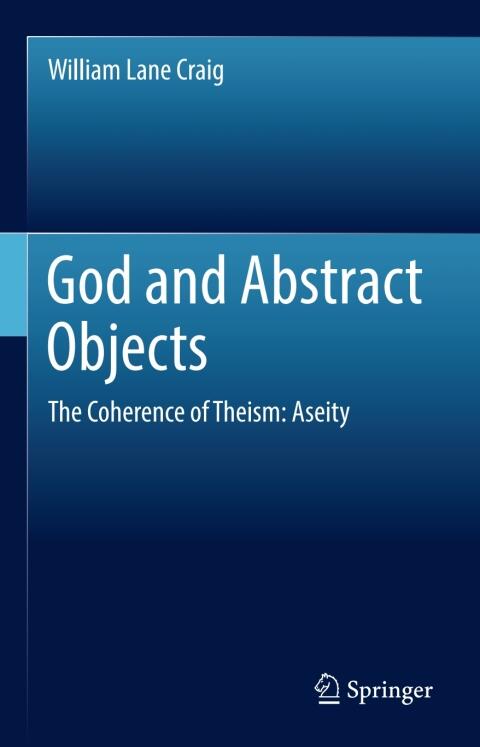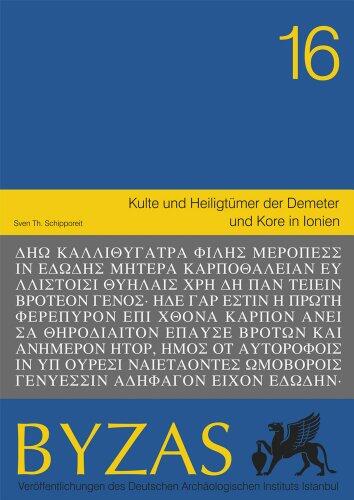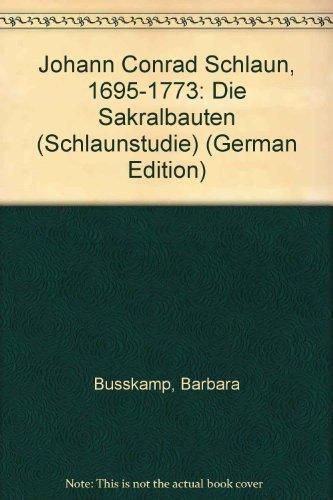
Johann Conrad Schlaun, 1695-1773: Die Sakralbauten
由
Barbara Busskamp
还没有评分
Religion & Spirituality
格式
平装书
页数
263
语言
德语
已发布
Jan 1, 1992
出版商
Westfälisches Landesmuseum für Kunst und Kulturgeschichte
ISBN-10
3887891082
ISBN-13
9783887891084
描述
Barbara Busskamp delves into the life and architectural contributions of Johann Conrad Schlaun, a prominent figure from the late 17th to the early 18th century. Through meticulous research, she examines Schlaun's sacral buildings, which serve as key representations of his influence and style in ecclesiastical architecture. This study highlights the intricate details of his designs, reflecting the spiritual and cultural dynamics of the time.
The book, supported by the efforts of Klaus Bussmann and Florian Matzner, presents a comprehensive overview of Schlaun's works, emphasizing his unique blend of Baroque and Rococo elements. Each structure is explored in depth, whether it is a church or a chapel, showcasing Schlaun’s innovative approaches and techniques that set him apart from his contemporaries.
Busskamp's narrative is rich and engaging, providing readers with insights into the historical context that shaped Schlaun's designs. The illustrations and photographs included enhance the understanding of his architectural legacy, inviting architectural scholars and enthusiasts alike to explore the beauty of these sacred spaces.
Through this examination, the author invites a new appreciation for Schlaun's craftsmanship and the artistic movements that influenced his creations. This work serves not only as a tribute to an important architect but also as a vital contribution to the study of religious architecture in Central Europe.
The book, supported by the efforts of Klaus Bussmann and Florian Matzner, presents a comprehensive overview of Schlaun's works, emphasizing his unique blend of Baroque and Rococo elements. Each structure is explored in depth, whether it is a church or a chapel, showcasing Schlaun’s innovative approaches and techniques that set him apart from his contemporaries.
Busskamp's narrative is rich and engaging, providing readers with insights into the historical context that shaped Schlaun's designs. The illustrations and photographs included enhance the understanding of his architectural legacy, inviting architectural scholars and enthusiasts alike to explore the beauty of these sacred spaces.
Through this examination, the author invites a new appreciation for Schlaun's craftsmanship and the artistic movements that influenced his creations. This work serves not only as a tribute to an important architect but also as a vital contribution to the study of religious architecture in Central Europe.
